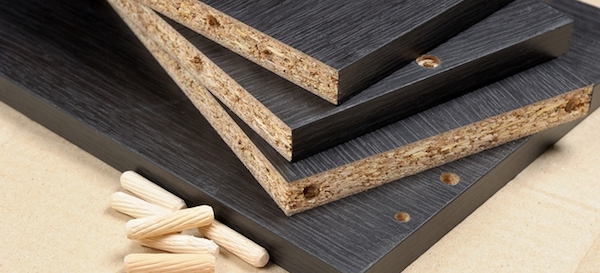2021 Ultimate Guide to Wood

2021 Ultimate Wood Guide
Solid wood, veneer, plywood, laminates... confused with all the wood terminologies out there? This condensed guide will clear all your doubts.
You may have heard conflicting statements asserting, "Solid wood is always the best" or "Veneer lasts longer because it doesn't deform like solid wood". So which is the best?
Truth be told, different materials are good for different purposes. A good piece of furniture often uses the types of woods in combination for best strength, look and value. Whoever asserts that one thing is better than the other probably wants to sell you what they offer.
If you don't like reading...
Just remember, you can buy solid wood, veneer and plywood furniture if they are properly made. They will all last for years. Just avoid laminates and particle boards unless you intend for short usage.
| Type | Pros | Cons |
|---|---|---|
| Solid Wood | Relatively resistant to water. Can also be refurbished and made to look like new again. | Limited in designs as it can deform if it is made too thin. Expensive |
| MDF | Cheaper than solid wood but stronger. MDF can be made thinner for attractive designs. | Cannot be easily refurbished when scratched. Veneer is less water resistant. |
| Plywood | Keeps in shape much better than solid and MDF. | Cannot be refurbished unlike solid wood. |
| Laminate / Particleboard | Cheap. | Outlook, shape and form doesn't last. Hydrophobic. |
More details...
Read on below, and you will never need to read other articles on furniture wood.
Solid wood
Most solid wood furniture is made from hardwoods with pleasant grain patterns such as cherry, maple, mahogany, oak, teak and walnut.
Our live edge table are made of South American walnut that sports attractive grains and will last for ages.
Hardwoods that don't have attractive patterns like birch and rubber are normally used for making chairs or sofa frames.
Pros: More resistant to water as there is nothing to peel off or delaminate. It can also be refurbished and made to look like new again. A good piece of solid wood furniture will last for generations.
Cons: Limited in designs as it can deform or crack if it is made too thin or without properly designed supports or joining. You just cannot get too creative with solid wood.
Veneer over Medium Density Fibreboard (MDF)
MDF is engineered from hardwood residuals processed at high temperature and pressure. It is dense and heavy like solid wood. Because it does not have wood grains, it is covered with a thin slice of wood called a veneer. The veneer is then sanded down to create a more natural look. Premium furniture will use thicker veneers that are more scratch and water resistant.
While you cannot easily find out how thick the veneer is, you can check for signs of scratches on the showroom piece to anticipate how long it will last.
The Craig TV Console, made from MDF for strength and slim design. Veneered with walnut for looks.
Pros: Mostly for design purposes, MDF can be made thinner. Hence it is suitable for minimalist and modern furniture. It is also cheaper than solid wood and more resistant to buckling or warping under stress.
Cons: Unlike solid wood, it cannot be easily refurbished when scratched. Though the shape and form will last, its external appearance will not last as long. That being said, a good piece can withstand external wear and tear for years if taken care of properly.
Plywood
There are many types of plywood, but you should only go for high-density plywood, which is made out of hardwood. You can easily differentiate this by knocking on it, and it produces a sound closer to that of MDF and solid wood.
High-density plywood is very strong and usually can bear greater loads than solid or MDF. They are commonly used for the internals of chairs and sofas where it is out of sight. It is also easily shaped without losing structural strength. Hence it is commonly used for curved structures in furniture.
Dining chairs: Harper and Heather's curves are shaped using high density plywood.
You can safely buy hard plywood furniture. Like MDF, its shape and form will last.
Pros: Keeps in shape much better than solid and MDF. A staple material to make interesting designs that will last.
Cons: If laminated or veneered over, cannot be refurbished unlike solid wood.
Laminate and particleboard
We start this section by saying, mostly you want to avoid laminates and particleboard.
Laminate is actually not a type of wood material but the technique of gluing a layer of engineered material, most commonly over a particleboard or plywood. You should avoid laminates unless you are out of budget.
Laminates over particleboard is the most common in IKEA furniture. Its outlook won't last and it is prone to deformation. In recent years, IKEA recognised this and started introducing a combination of MDF to reduce deformation.
Pros: It is cheap.
Cons: It generally cannot be made to look natural. It is common for the laminate layer to chip off or delaminate when exposed to water. Particle boards will deform easily and cannot bear any weight. The joints will also wear out very easily.
Conclusion
You are now ready to go furniture hunting. Remember, you can safely buy solid wood, MDF or hard plywood furniture as long as you like them. Just avoid laminates and particle boards unless you are on a budget for unimportant items.

